This post is also available in:
 Deutsch (German)
Deutsch (German)

When he mingles with the people in the crowded streets of Chicago, Allen Bourgeois sees more than others: The photographer has a special eye for motifs and moments – and sometimes it is just a blink of an eye. And this is to be taken literally. It is often a matter of fractions of a second when his finger presses the shutter release of the camera.
“Streets, Alleys and Other Observations, Chicago”
Then these unusually intense shots are taken. “I see everything in black and white,” says Allen Bourgeois. “And I see the light and the shadows.” He uses a digital camera, which has it all. His darling, a Leica M monochrome, is a pure black-and-white camera.
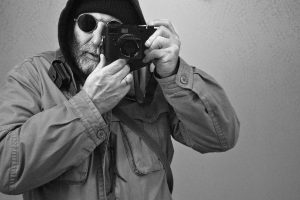
The pictures and situations often appear enigmatic, surprising again and again with details that sometimes only catch the eye at second glance. At the Amerikazentrum Hamburg, the exhibition “Streets, Alleys and Other Observation, Chicago” honors the US photographer with an extensive show of outstanding works. The occasion is the anniversary of the city partnership between Hamburg and Chicago.
“I see everything in black and white, I see the light and the shadows.”
Allen Bourgeois
Bourgeois is a man who radiates kindness and peace. He spontaneously declares himself ready for a short interview.
8 questions to Allen Bourgeois
HA: Why are all pictures taken in black and white?
Allen Bourgeois: The director Martin Scorsese once said: The color can be in the way. I say to that: You can get lost in the colours. With the Leica, the images are created directly in black and white. In my work I orientate myself on photographers like Cartier-Bresson, Robert Frank and Elliott Erwitt.
HA: Do all people agree that you should be photographed?
Allen Bourgeois: I talk to the people, sometimes longer. I recently gave someone a sandwich and let them tell me the story in peace. I treat people the way I want to be treated.
HA: What is the legal situation, is there a right to one’s own image?
Allen Bourgeois: We may have a different legal situation in the USA. In public, nobody is private. I’m allowed to photograph them, even on their private property.
HA: There will be boundaries, where are they?
Allen Bourgeois: Yes, that applies to news and artistic photography. It’s different if my photographs are to be used commercially, that’s not possible. You would need the consent of those involved.
HA: How do you get these pictures, with which method?
Allen Bourgeois: I go off in Chicago, and it can be that if I turn right at a corner, I don’t find anything, and vice versa, if I turn left, I see several motifs at once. I see the pictures in advance, and I maintain that I already see the details. That’s a matter of practice. I am one with the camera. It is the eye in my hand. I don’t think anymore.
HA: Are some of the pictures posed or, say, arranged?
Allen Bourgeois: Nothing is posed or arranged, and even in the post-production I correct the pictures only slightly. Otherwise that wouldn’t be real, that would be Hollywood.
HA: As a photographer you also live from normal orders, how do you combine this with street photography?
Allen Bourgeois: With my commissions I earn my money, I can pay installments, our holidays and my wife’s shoes. This work in the streets of Chicago grounded me and prevented my burnout. I know other photographers who have never done anything like this – some have long since quit their jobs or no longer photograph at all.
HA: Your pictures show everyday life and people in the streets, some motifs seem serious and sad – is that what this is about?
Allen Bourgeois: I can say about my philosophy: Yes, I make a social statement, a social comment. That’s not only serious, it can also be funny.
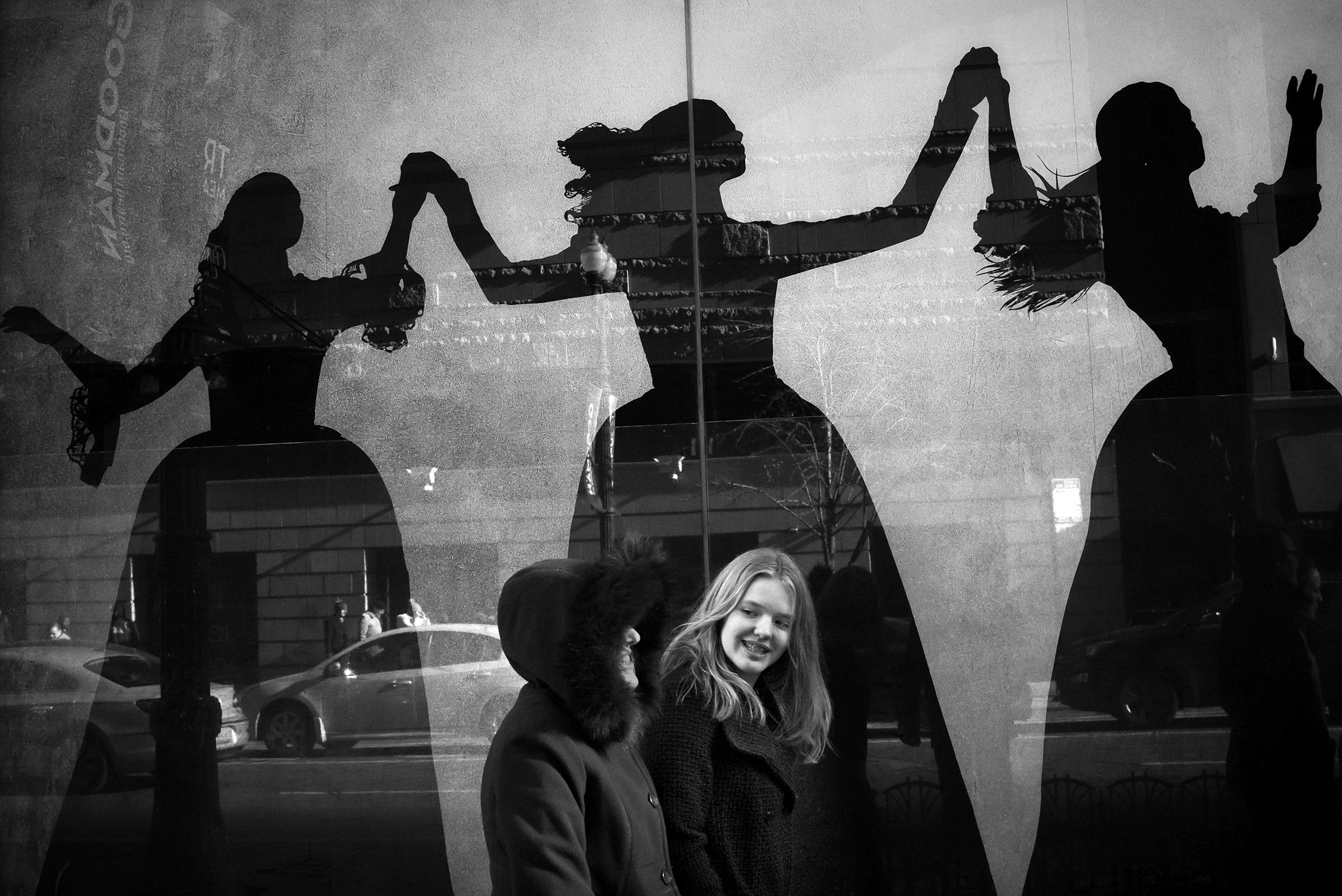
Author: Kay Dethlefs
The photographs are displayed in the America Center in Hamburg’s Hafencity until June 15. It is open Monday to Friday from 10 a.m. to 3 p.m. and by appointment.
Amerikazentrum Hamburg e. V.
Am Sandtorkai 48
20457 Hamburg
Phone: (040) 7038 3688

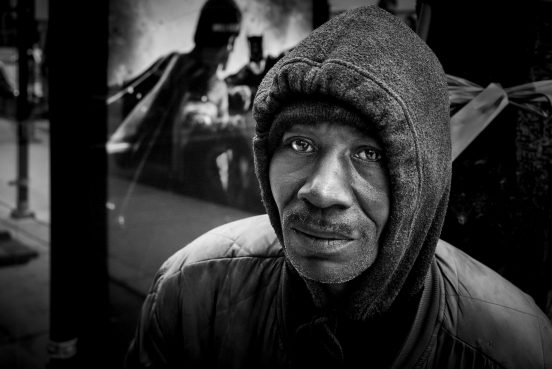
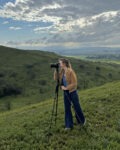
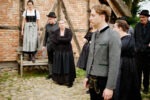
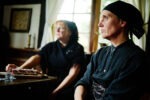

Comments by Kay Dethlefs